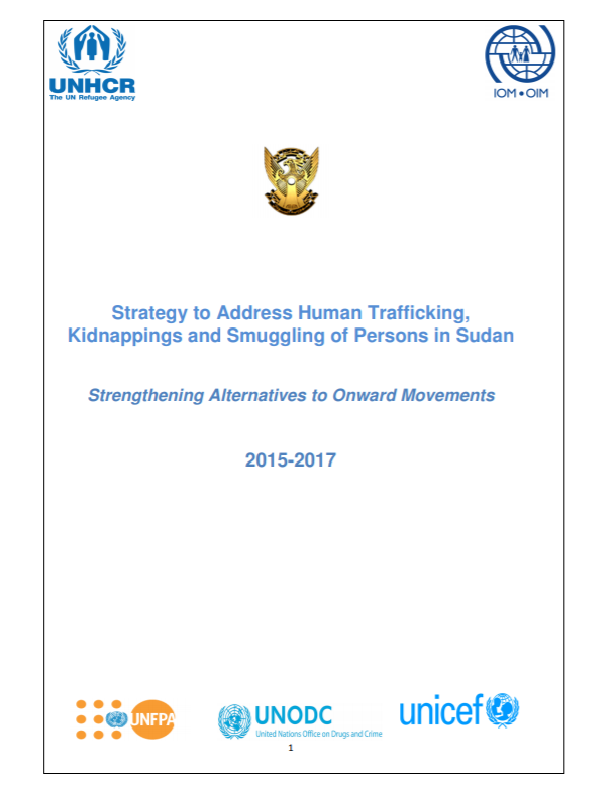Human trafficking in emergency contexts animation

This video illustrates how human trafficking can be exacerbated during crises that cause displacement of population and leave people more vulnerable to exploitation and also presents a few recommendations on how to address this issue.
Country
Worldwide
Region
Worldwide
Year
2018
Topics
Category








